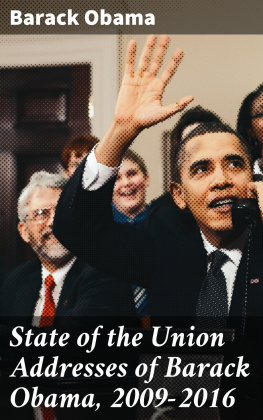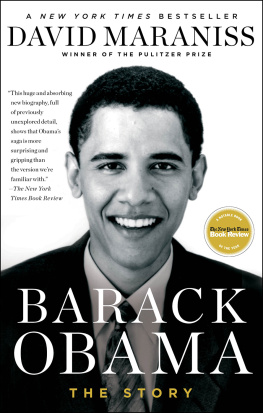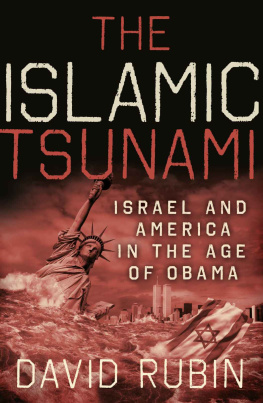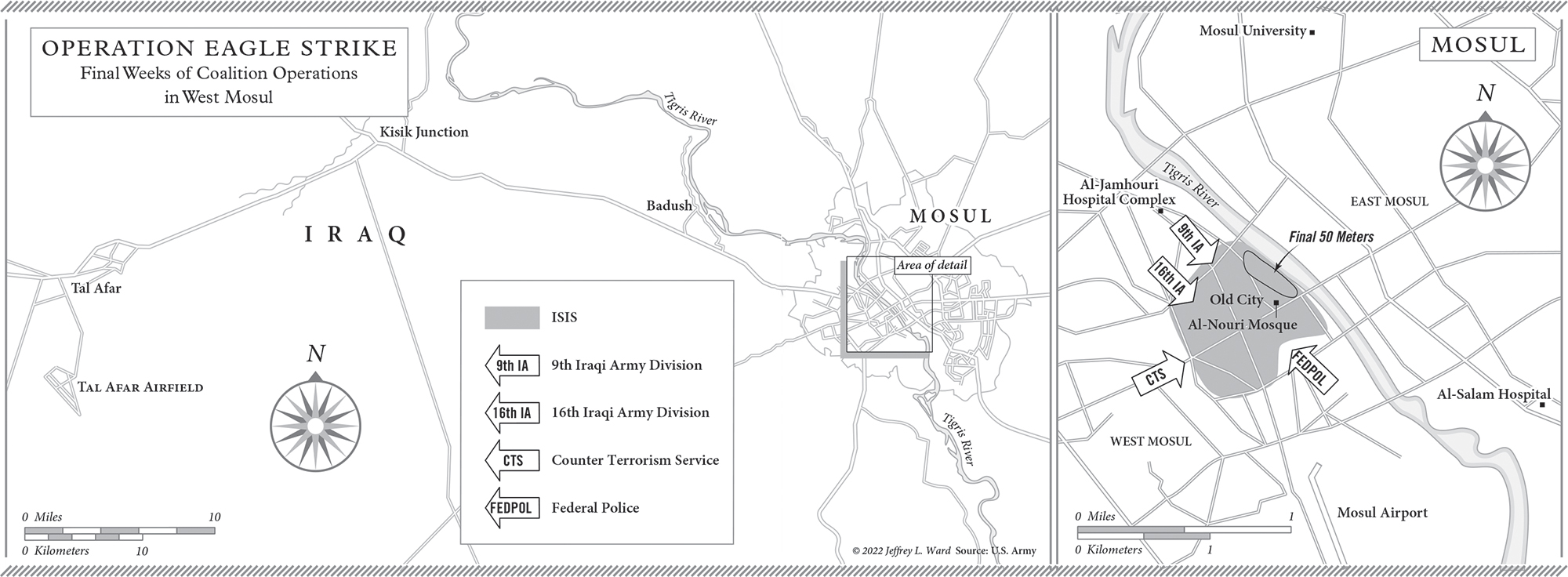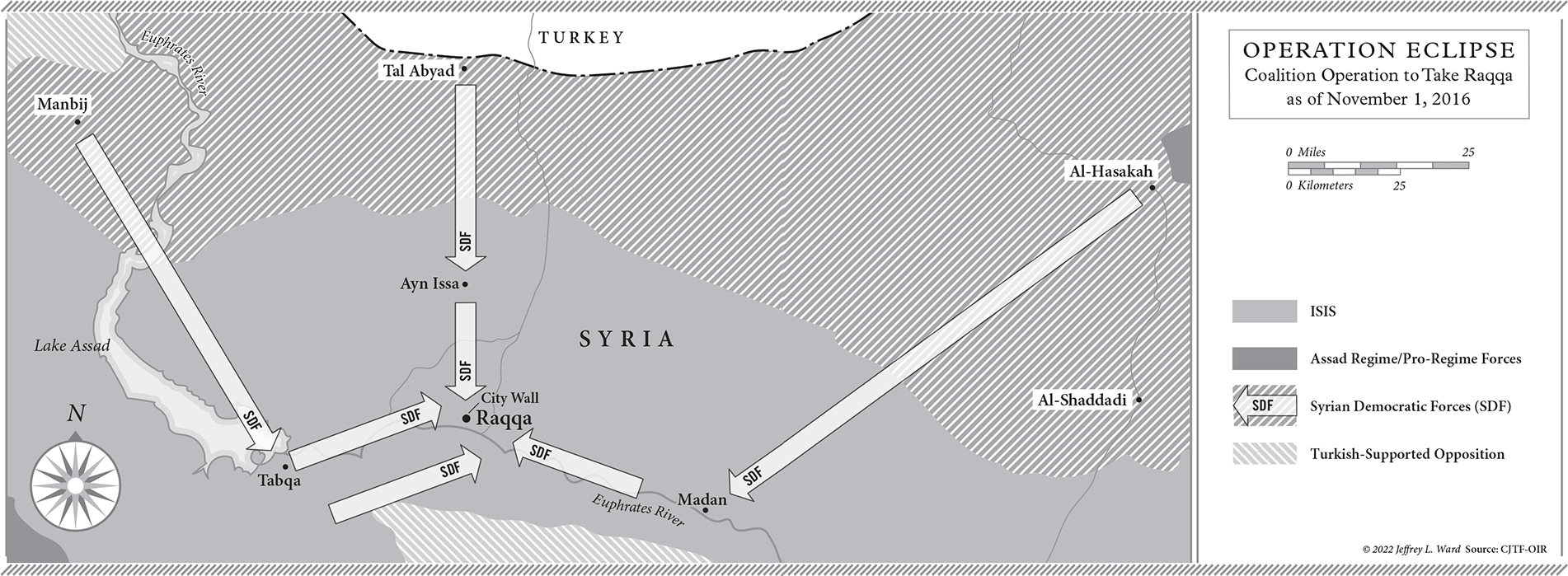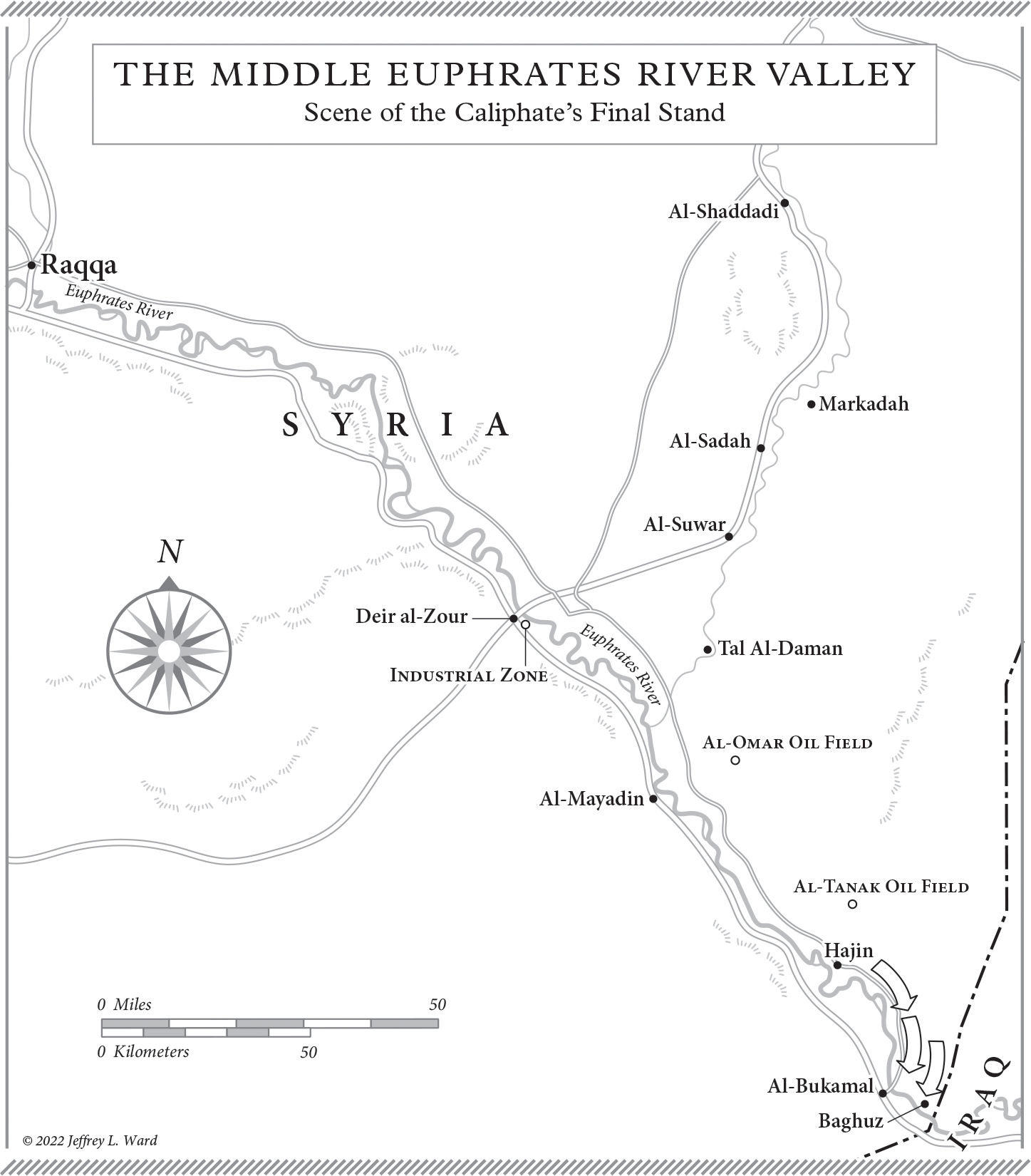Michael R. Gordon - Degrade and Destroy: The Inside Story of the War Against the Islamic State, from Barack Obama to Donald Trump
Here you can read online Michael R. Gordon - Degrade and Destroy: The Inside Story of the War Against the Islamic State, from Barack Obama to Donald Trump full text of the book (entire story) in english for free. Download pdf and epub, get meaning, cover and reviews about this ebook. City: New York, year: 2022, publisher: Farrar, Straus and Giroux, genre: Politics. Description of the work, (preface) as well as reviews are available. Best literature library LitArk.com created for fans of good reading and offers a wide selection of genres:
Romance novel
Science fiction
Adventure
Detective
Science
History
Home and family
Prose
Art
Politics
Computer
Non-fiction
Religion
Business
Children
Humor
Choose a favorite category and find really read worthwhile books. Enjoy immersion in the world of imagination, feel the emotions of the characters or learn something new for yourself, make an fascinating discovery.

- Book:Degrade and Destroy: The Inside Story of the War Against the Islamic State, from Barack Obama to Donald Trump
- Author:
- Publisher:Farrar, Straus and Giroux
- Genre:
- Year:2022
- City:New York
- Rating:5 / 5
- Favourites:Add to favourites
- Your mark:
Degrade and Destroy: The Inside Story of the War Against the Islamic State, from Barack Obama to Donald Trump: summary, description and annotation
We offer to read an annotation, description, summary or preface (depends on what the author of the book "Degrade and Destroy: The Inside Story of the War Against the Islamic State, from Barack Obama to Donald Trump" wrote himself). If you haven't found the necessary information about the book — write in the comments, we will try to find it.
This is the ultimate insiders view of perhaps the darkest chapter of the Forever Wars. Michael Gordon knows everyone, was seemingly everywhere, and brings a lifetime of brilliant reporting to telling this crucial story. Retired U.S. Navy admiral James Stavridis, 16th Supreme Allied Commander of NATO and author of To Risk it All: Nine Crises and the Crucible of Decision
An essential account of the struggle against ISISand of how Presidents Obama, Trump, and Biden have waged war.
In the summer of 2014, President Barack Obama faced an unwelcome surprise: insurgents from the Islamic State had seized the Iraqi city of Mosul and proclaimed a new caliphate, which they were ruling with an iron fist and using to launch terrorist attacks abroad. After considerable deliberation, President Obama sent American troops back to Iraq. The new mission was to degrade and ultimately destroy ISIS, primarily by advising Iraqi and Syrian partners who would do the bulk of the fighting and by supporting them with airpower and artillery. More than four years later, the caliphate had been dismantled, the cities of Mosul and Raqqa lay in ruins, and several thousand U.S. troops remained to prevent ISIS from making a comeback. The by, with, and through strategy was hailed as a template for future campaigns. But how was the war actually fought? What were the key decisions, successes, and failures? And what was learned?
In Degrade and Destroy, the bestselling author and Wall Street Journal national security correspondent Michael R. Gordon reveals the strategy debates, diplomatic gambits, and military operations that shaped the struggle against the Islamic State. With extraordinary access to top U.S. officials and military commanders and to the forces on the battlefield, Gordon offers a riveting narrative that ferrets out some of the wars most guarded secrets.
Degrade and Destroy takes us inside National Security Council meetings at which Obama and his top aides grapple with early setbacks and discuss whether the war can be won. It also offers the most detailed account to date of how President Donald Trump waged wardelegating greater authority to the Pentagon but jeopardizing the outcome with a rush for the exit. Drawing on his reporting in Iraq and Syria, Gordon documents the closed-door deliberations of U.S. generals with their Iraqi and Syrian counterparts and describes some of the toughest urban battles since World War II. As Americans debate the future of using force abroad, Gordons book offers vital insights into how our wars today are fought against militant foes, and the enduring lessons we can draw from them.
Michael R. Gordon: author's other books
Who wrote Degrade and Destroy: The Inside Story of the War Against the Islamic State, from Barack Obama to Donald Trump? Find out the surname, the name of the author of the book and a list of all author's works by series.


